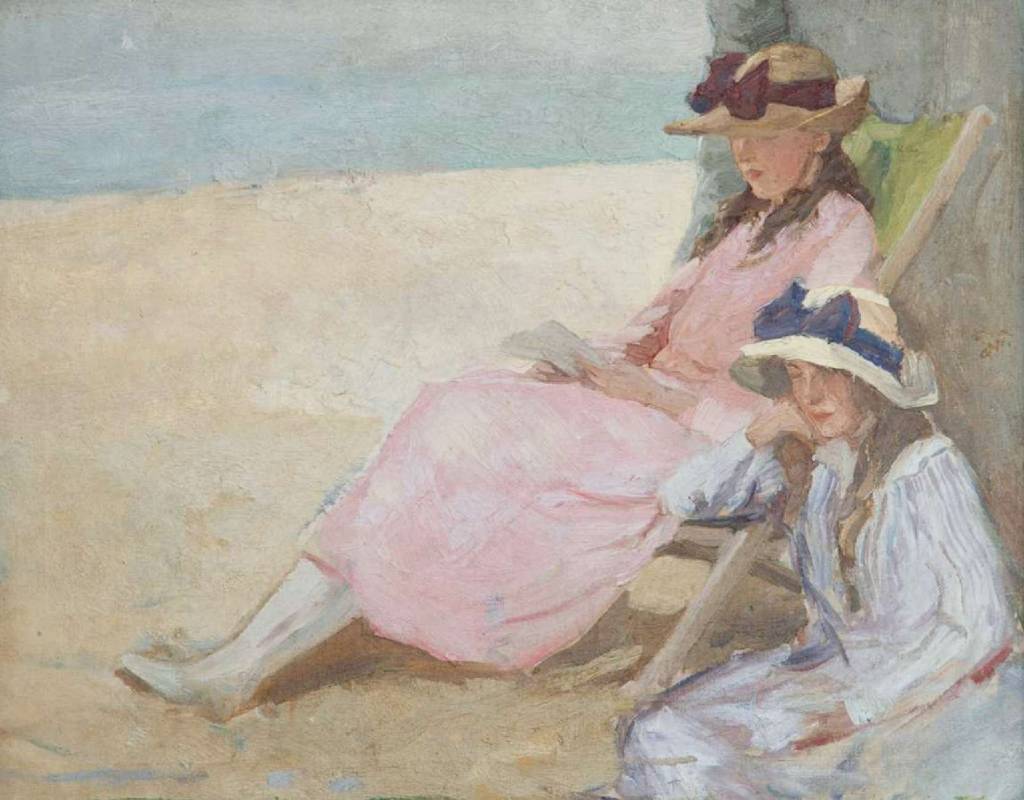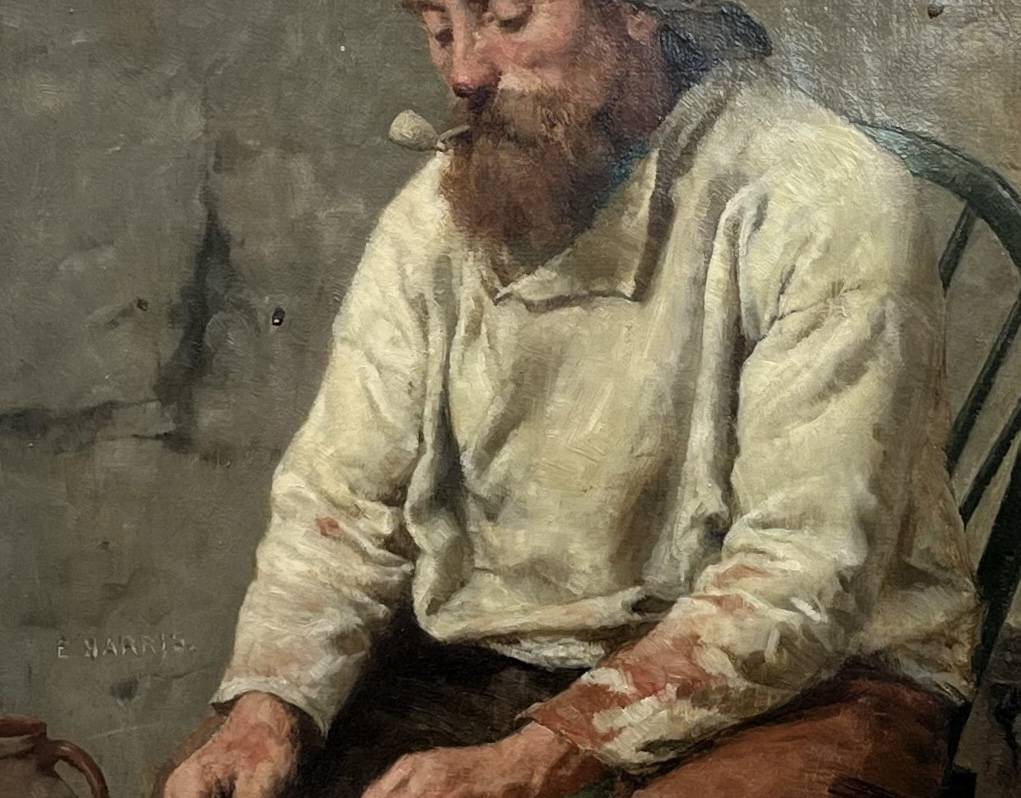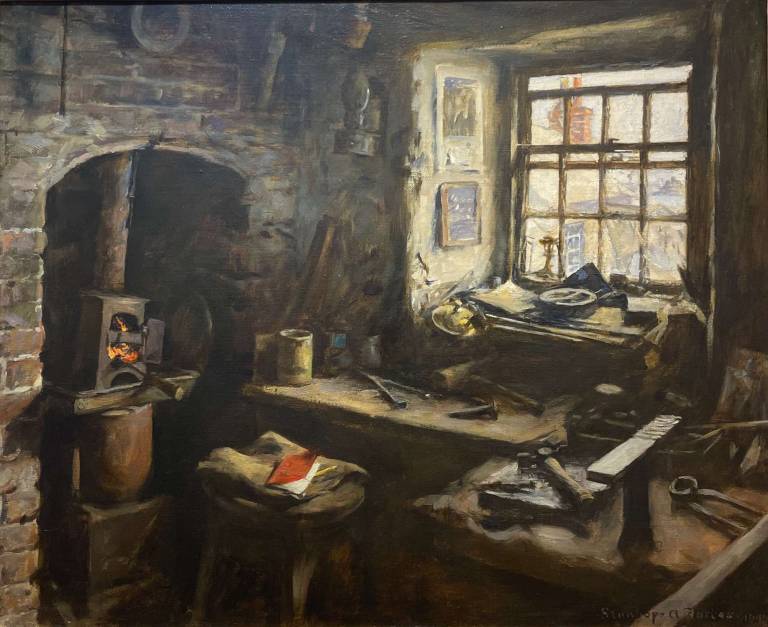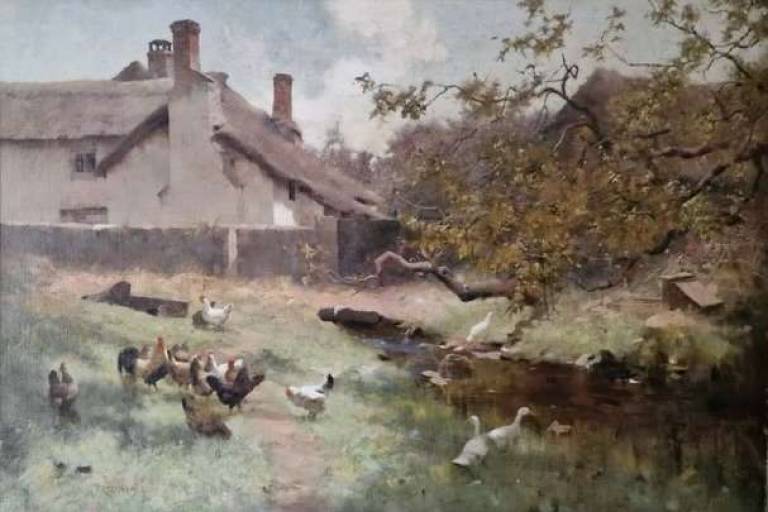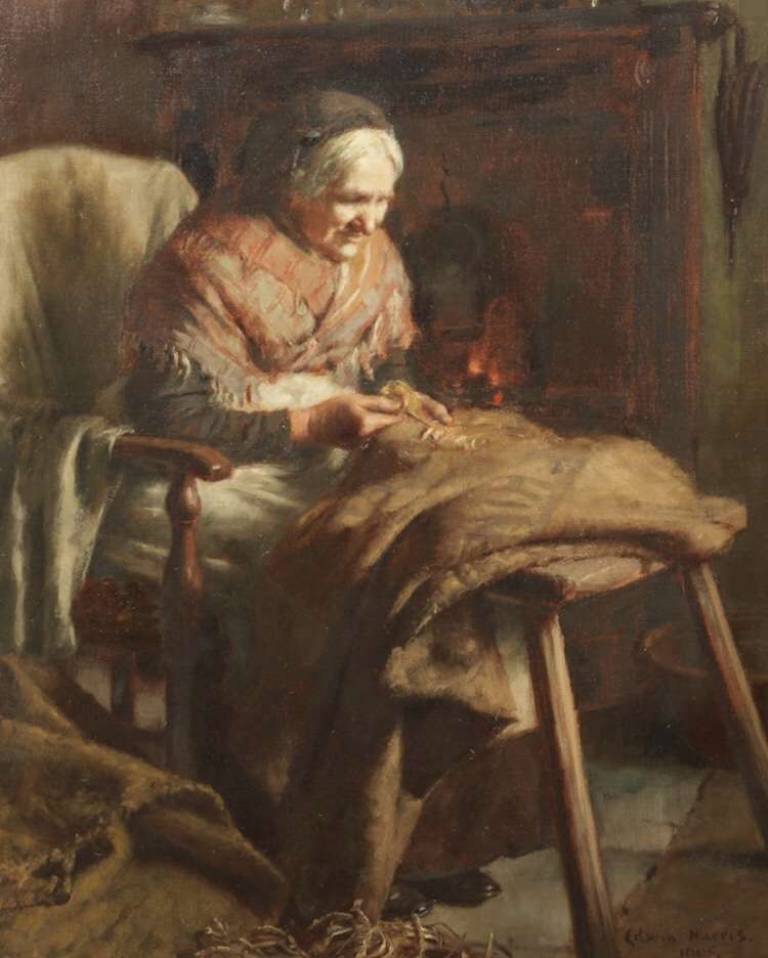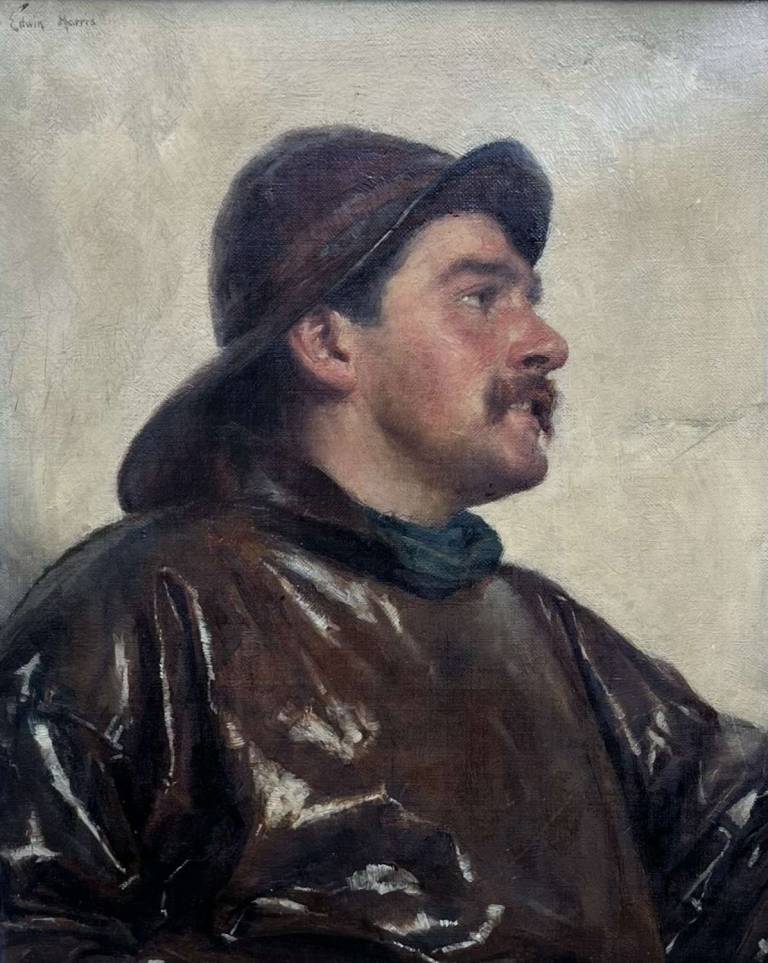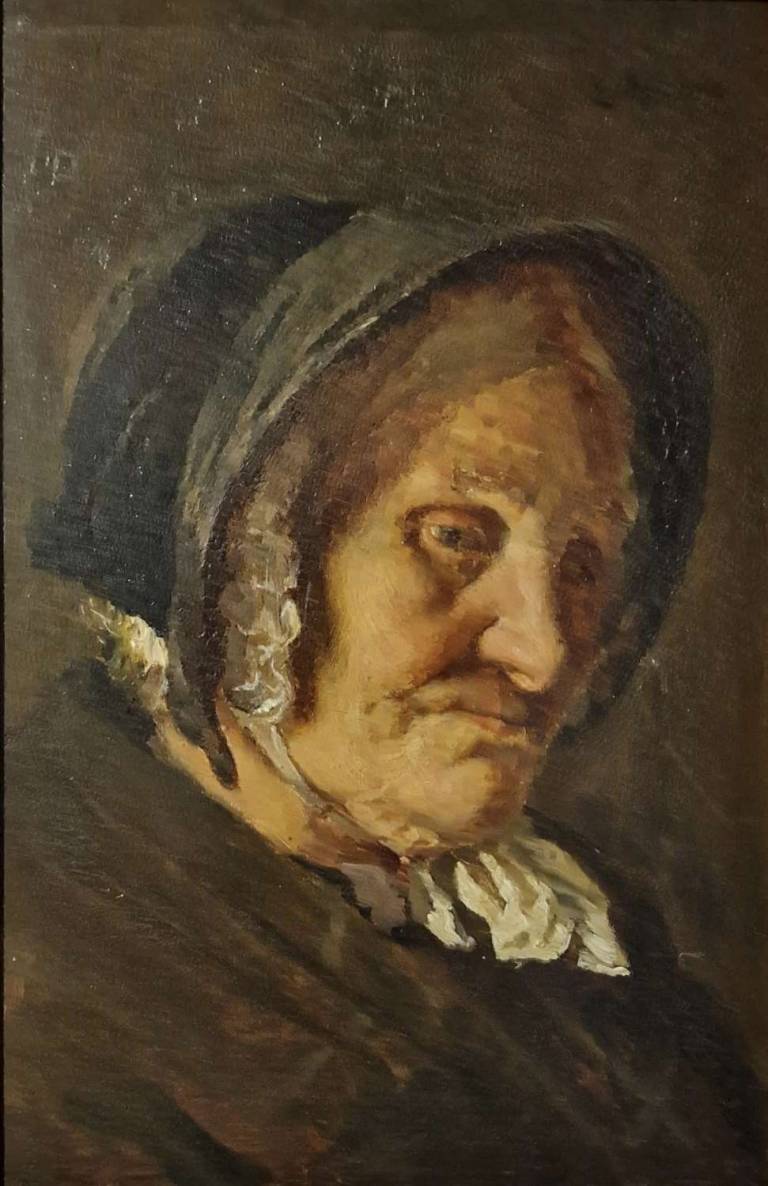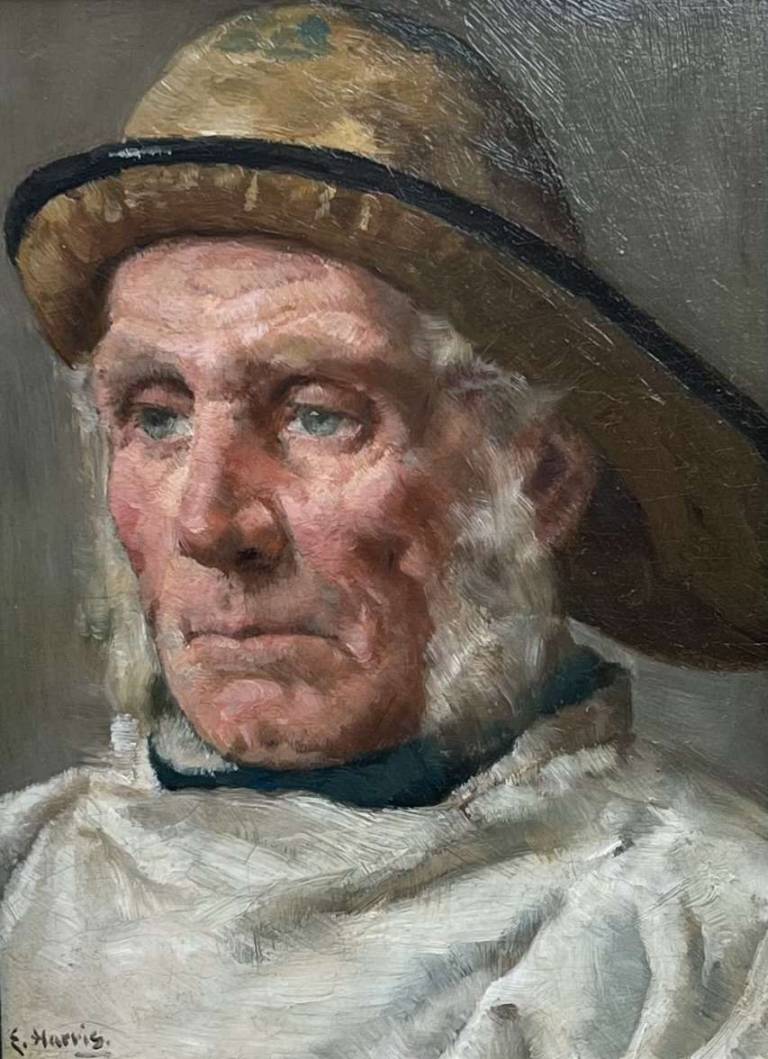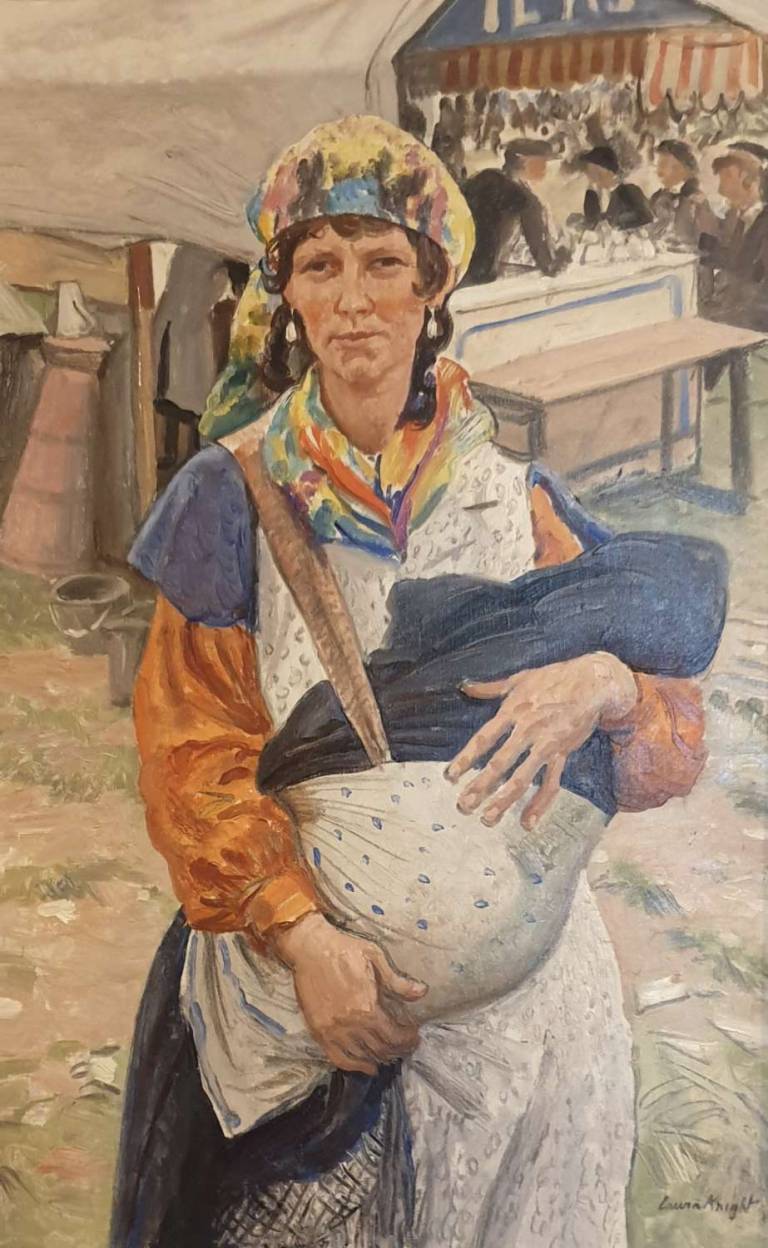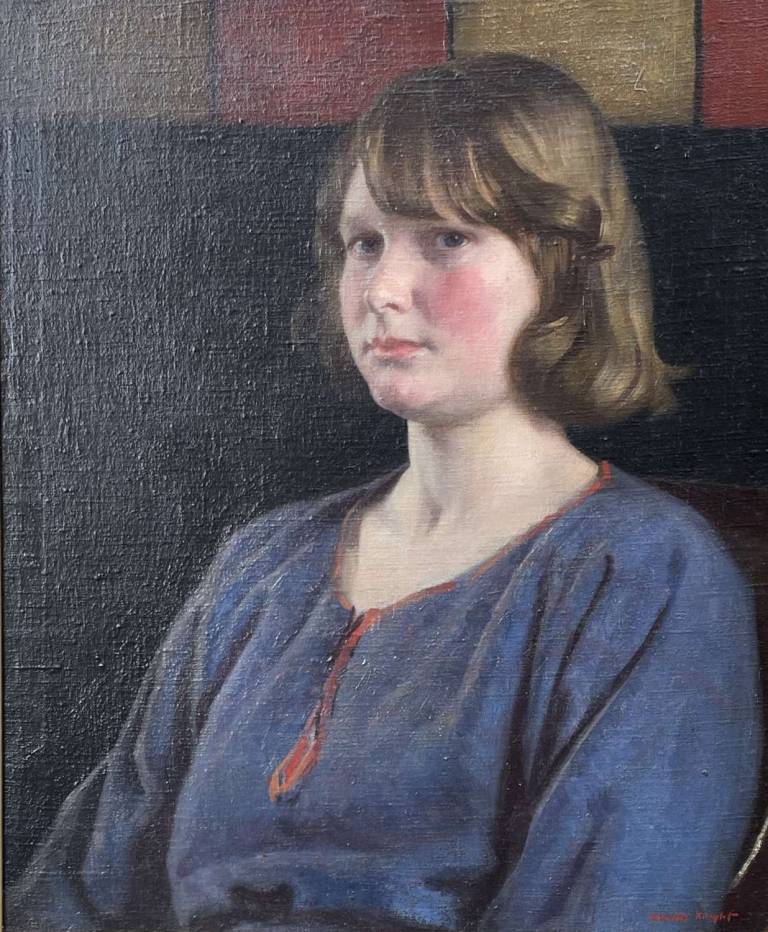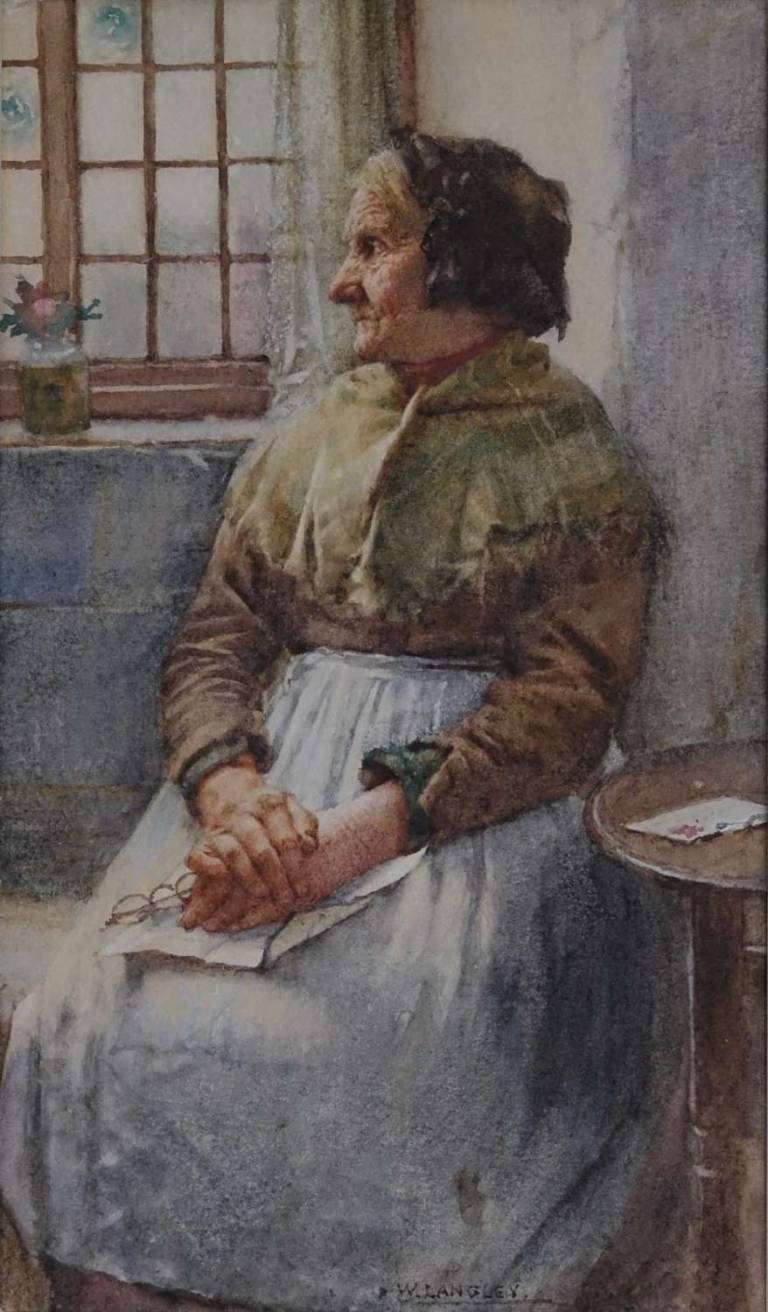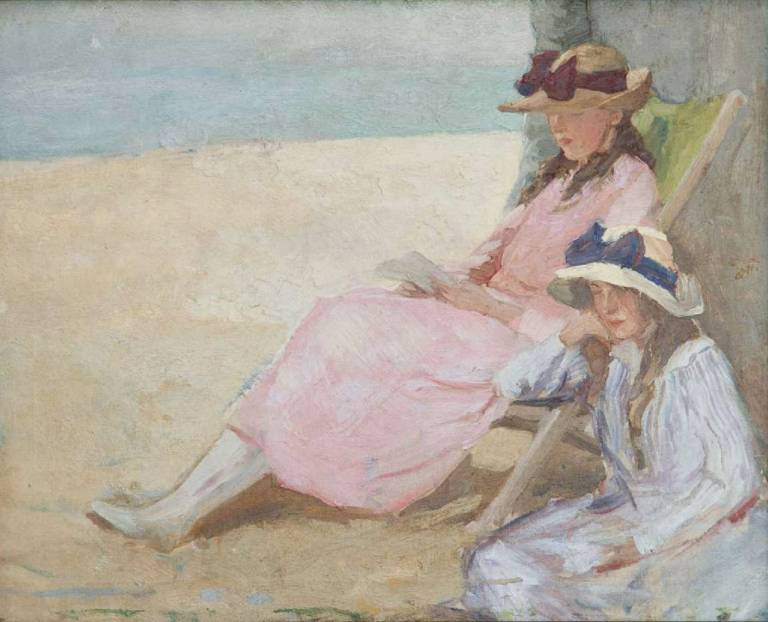Newlyn School Painters
The Newlyn School was an art colony based in and near Newlyn - a fishing village on the south coast of Cornwall - from the 1880s until the early twentieth century. It was where artists gathered to paint en plein air.
Some of the first British artists to settle in the area had already traveled in Brittany but were attracted by Newlyn’s wonderful light, cheap living and the availability of inexpensive models. The artists painted the fishermens’ life at sea and the everyday life in the harbour and nearby villages.
Walter Langley (1852- 1922) was one of the first to settle and is subsequently recognised as the pioneer of the Newlyn Art colony. Langley was politically left-wing which led to his social realist depictions of working-class people, particularly fishermen and their families.
Stanhope Forbes (1857-1947) was a British artist born in Dublin who moved to Newlyn in Cornwall in 1884 and quickly became a prominent figure in the expanding colony of artists. As a founding member, alongside Walter Langley, he was often referred to as 'the father of the Newlyn school'.
Edwin Harris (1855-1906) was also recognised as one of the pioneers of the Newlyn School of artists, settling there in 1883 until 1895.
Harold Knight (1874 –1961) was born in Nottingham, where he studied at the Nottingham School of Art. It was there that he met his future wife, Laura Johnson, whom he married in 1903. After spending some time in Paris and Yorkshire, the Knights moved to Newlyn in 1907. The couple remained in Cornwall until 1918. Harold knight is considered to be one of the minor members of the school whereas his wife, Laura Knight, is a far more prominent artist.
Harold Harvey (1874-1941) was born in 1874 in Penzance and was one of the few Cornish-born artists associated with the Newlyn Colony and the Lamorna artists. Harvey was very influenced by the en plein air approach to work, and painted scenes of working-class Cornish fisherman, farmers and miners, as well as the Cornish landscape. Other than his studies in Paris in the 1890s, he preferred to stay in his native Cornwall.
Charles Walter Simpson was a leading figure in the St Ives art colony in the early 1920s, he was born in Surrey and was expected to follow his father into the army, but Simpson suffered serious injury when thrown from a horse at the age of 15, the blow affecting both hearing and sight. His considerable talent for drawing led him to pursue a career in painting and he entered the Bushey School of Painting under Lucy Kemp-Welch—the great animal painter. It was in homage to another great animal painter, J. A. Arnesby Brown, that he first went to Cornwall to stay on a farm near St Erth. The move resulted in his first success at the Royal Academy in 1907—Autumn Ploughing. Later, with his wife, the portraitist Ruth Alison, he established the St Ives School of Art at the Piazza studios.
The Simpsons lived in London from 1924 to 1929 where Charles held an exhibition of sketches of the rodeo. Further commissions included writing and illustrating books on hunting and a series of articles for Country Life. He returned to Cornwall in 1930 to concentrate on painting local landscapes and views of the harbour and sea.
In the late nineteenth and early twentieth centuries Lamorna, a fishing village along the coast from Newlyn became popular with artists of the Newlyn School and is particularly associated with the artist S J ‘Lamorna’ Birch who lived there from 1908.
The present day Newlyn Art School was formed in 2011, with Arts funding, and provides art courses taught by many of the best known artists working in Cornwall today.
-
Stanhope Forbes The Welders Shop Newlyn
-
Fred Hall Chickens and Ducks
-
Edwin Harris Running Repairs
-
Edwin Harris The Mate of the Nancy Jane
-
Edwin Harris The Old Grace
-
Edwin Harris The Old Salt
-
Dame Laura Knight Gypsy holding baby
-
Harold Knight Portrait of a young woman in blue dress
-
Walter Langley The Letter
-
Charles Walter Simpson Resting-on The Beach At St Ives
